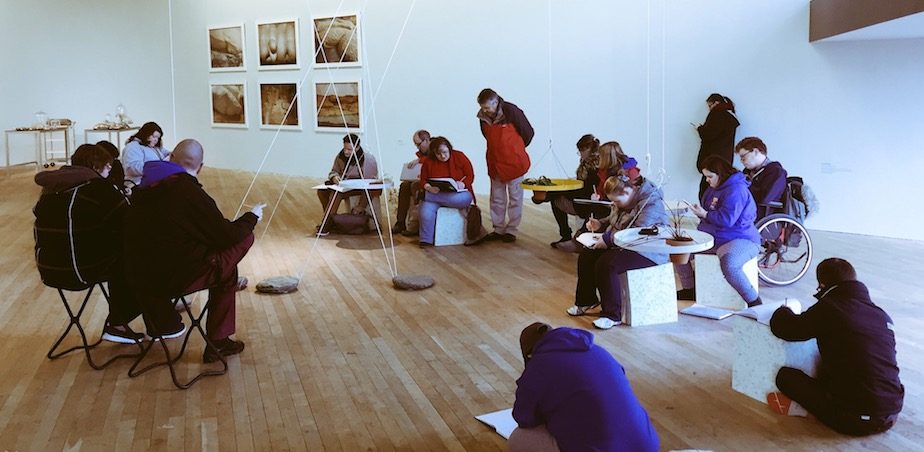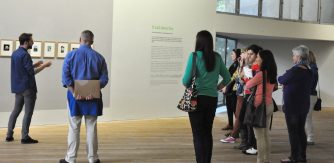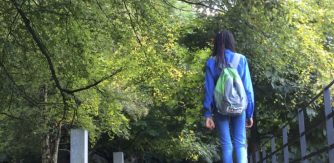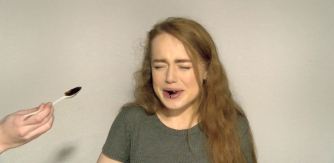Blog 4 – Tadhg Crowley, Projects Adviser

CCL Course at UCC

Tadhg Crowley is the Curator of Education at the Glucksman in University College Cork. The Glucksman presents a wide-ranging programme of temporary exhibitions accompanied by an extensive education programme to engage visitors of diverse interests and backgrounds. A graduate of Limerick School of Art and Design Tadhg’s role at the Glucksman is to help foster an appreciation of the visual arts among the wider public. In early 2015 Tadhg devised and delivered the first Visual Art module on the Certificate in Contemporary Living Course at UCC. Tadhg has expanded the Glucksman schools programme over the past 3 years and in 2015 over 2500 students attended workshops and tours at the gallery. Tadhg introduced the Glucksman Teachers programme in 2014 and it now includes seasonal Art Teachers Masterclasses,Preview Evenings and Summer Course. Tadhg has recently presented at the IMA Annual Education and Outreach Forum and at the inaugural Arts in Education Portal National Day at IMMA. He has lectured on the MA: Art and Process programme at Crawford College of Art & Design as well as the Futures PhD module at University College Cork.
The Certificate in Contemporary Living (CCL) is a two-year education programme for people with intellectual disabilities designed for delivery in a third level education setting. It focuses on helping students develop strategic skills to promote self-reliance and independence and increased participation in society. The CCL course provides structured opportunities for interaction between students with intellectual disabilities and non-disabled students. As such it is about inclusion and not just about access.
Until 2015, the Expressive Arts module on the certificate in contemporary living course at University College Cork consisted solely of a semester devoted to music. Throughout the semester the group made outings to different cultural centres and galleries and the reaction of students to visual art exhibitions prompted the course coordinators to review ways that they could offer students a more rounded experience of the arts. In late 2014 the course coordinators approached the Glucksman with a view to working together on a visual arts module. The goal was to break the arts module into three strands – Visual Arts, Music and Drama.
The visual art module was designed around three key points that we returned to again and again over the 5 sessions. They were Individualism: how we all see things differently and therefore we all create differently. Capacity to be creative: everyone has the ability to be creative, we can be creative in many different ways and different mediums allow different people to be creative. Finding your voice: through experimentation, practice and choosing methods/approaches that are rewarding.
The days were divided into three pedagogical streams – art appreciation; art interaction; and art making. These three approaches are widely used in art education with the appreciation and interaction exercises informing the art making session and an understanding of the art making process informing the art appreciation and interaction. Each week we looked at different artists and artworks and the group engaged in practical projects with artist Paul McKenna.
A common link among the artists we studied in the appreciation sessions was that as well as pointing to the three key elements of Individualism, Capacity and Finding a Voice; they all had overcome major difficulties/obstacles to pursue a life of creativity.
Two of the artists we studied were Henri Matisse and Anni Albers. Henri Matisse was a renowned painter before he fell ill in later life and was confined to his bed for long periods. His movement now restricted he had to find new ways to continue his artistic career and so he began to work with scissors and paper. The work completed during this period of his life (cut-outs) is now regarded as some of his most important. Matisse found a way to continue his creativity and these new methods led to a rebirth in his artistic career.
Anni Albers encountered many obstacles throughout her extraordinarily creative life. Despite the challenges of a prejudiced college system, the peril of Nazi Germany and the difficulties of being an immigrant arriving in the USA without the language, she established an artistic practice and legacy befitting of one of the most significant artists of the 20th century.
The art interaction sessions led students on drawing and photography walks on route to viewing artworks in the exhibition ‘Gut Instinct: Art, food and feeling’ at the Glucksman and a selection of significant works in the University College Cork Art Collection www.glucksman.org/collections.html
Under the guidance of Paul McKenna the group had the opportunity to bring the ideas and methods discussed earlier in the day to the practical projects. Working both individually and collectively, the students were presented with a diverse selection of materials and techniques in the quest to find their creative voice.
The three strands of this year’s CCL Expressive Arts module will conclude with an exhibition of the artworks created, along with sound recordings, video and live performance at the Glucksman in early May.
For more information please contact education@glucksman.org or visit glucksman.org


